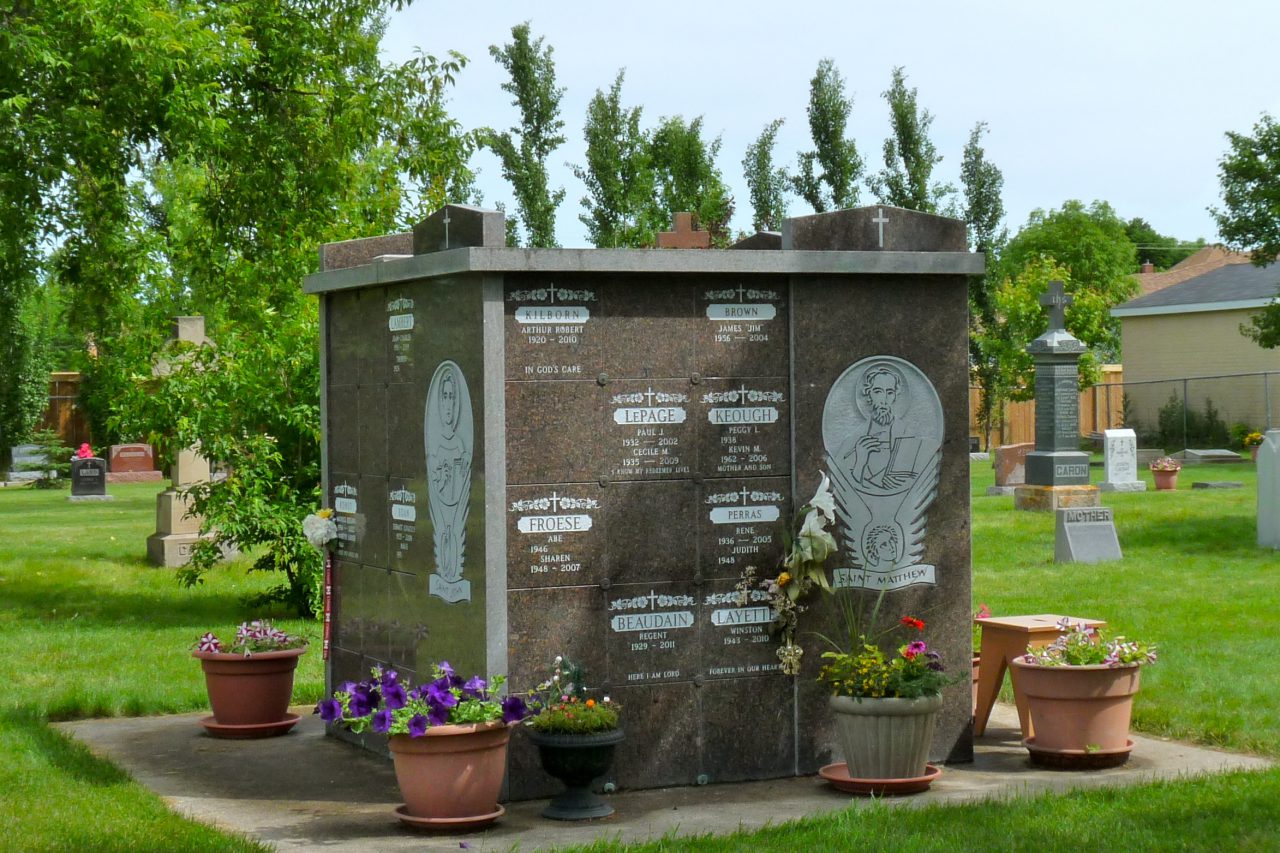As cremation rates steadily increase around the world, many Catholics have questions around this practice. Does the Church support cremation? What are the teachings of the Church on the care of cremated remains? In the fall of 2016, Pope Francis released an important Instruction that addresses these important topics.
The document, titled ‘Instruction Ad resurgendum cum Christo – Regarding the Burial of the Deceased and the Conservation of the Ashes in the Case of Cremation’, affirms the position of a previous document released in 1963 that stated “all necessary measures must be taken to preserve the practice of reverently burying the faithful departed”, that cremation is not “opposed per se to the Christian religion”, and that sacraments and funeral rites should not be denied to those who choose cremation. This permission was incorporated into the Code of Canon Law in 1983.
Over time, secular influences have led many people, including the Catholic faithful, to engage in disposition practices of cremated remains that do not respect the sacredness of the body. Cremation is quickly becoming the ordinary choice for many of the Catholic faithful throughout the world. However, as the rate of cremation steadily increases, a number of practices “contrary to the Church’s faith have also become widespread.” It was therefore deemed an opportune time to publish this new Instruction to state the reasons for the preference of the burial of the remains of the faithful, and to set out norms pertaining to the treatment of cremated remains.
Read the complete Instruction. (link to click: ‘Instruction Ad resurgendum cum Christo regarding the burial of the deceased and the conservation of the ashes in the case of cremation’ – Complete Document)






